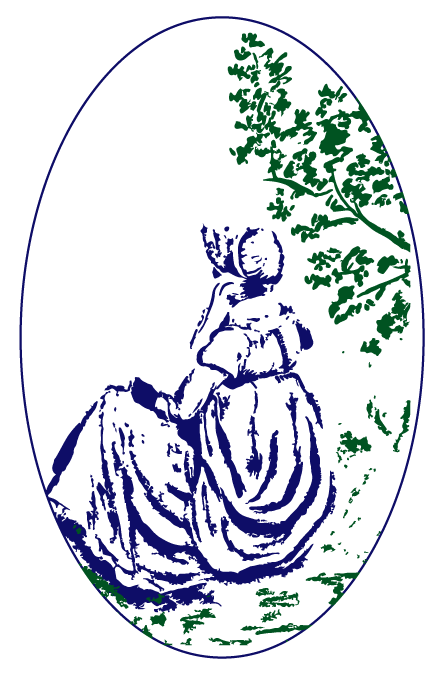The Life of Jane Austen
by John Halperin
The Johns Hopkins University Press, 1996
Reviewed by Christy Gordon Baty
It is often too easy to favor a nice and tidy image of a much-beloved person than to understand the real, complex, messy, moody, far more interesting portrait of an artist. But John Halperin does just that. His preface to the 1996 edition of The Life of Jane Austen (originally published in 1984) acknowledges his purpose and the recent change in the image of Jane Austen: “When [this biography] first appeared in 1984, it was controversial among those who wished their view of the novelist to remain untroubled. To some, Jane Austen was still the “dear Aunt Jane” of Austen family legend – placid, pleasant, and benign.the woman who was never heard to utter an unkind or even sharp word, who observed the foibles and failings of her neighbors with sunny tolerance and good humor. It was this preposterous image of the novelist I wished in my book to dispute.” Halperin, indeed, disputes this flat image of goodness – but even now, 20 years later, this biography still reads as enlightening and fresh. But he goes beyond just dispelling an image – he deftly illustrates how Jane’s life, her cares, experiences, concerns, all changing through her life, reflect themselves in the growing artistry of her novels.
It is unfair to say, as it often is, that her life was uneventful. She moved through a variety of towns and cities, had a number of suitors and close calls to marriage (which, if happened in any ones life would never be considered “uneventful”), witnessed the death of a dear father, was transplanted unwillingly several times, faced economic concerns, and felt the natural anxiety for brothers abroad involved in warfare. All these things, and more, impacted her work – both in its style and messages as well as when she did and did not write.
Halperin shows that Jane much depended on a calm and settled environment for writing — witness the Juvenilia and the first “Trilogy” (as the biographer terms Pride & Prejudice, Sense & Sensibility, and Northanger Abbey) — all completed by 1799. This was a period of comfort, surrounded by a large family, doted upon by her father, living at Steventon. And even though she was secure and well taken care of, the world of her novels still abounds in characters full of folly, foibles, selfishness, and ignorance. Then comes the period termed in the biography the “Treacherous Years” of 1800-1806, when she is forced to move to Bath, her father dies, and she, her mother, and sister all deal with economic instability. Jane works on polishing her previous novels and starts but never finishes The Watsons – but engages in no other sustained writing. Then, in July 1809 (lucky for us), Jane moves into her final home at Chawton cottage and begins to feel the security of a settled life and is able to seriously take up writing again – producing the final “Trilogy:” Mansfield Park, Emma, and Persuasion. Throughout this detailing of her life, Halperin takes us through her letters and writing, illustrating how she deals with the consistent theme of things not seeming to be what they are – characters making judgments based on perception rather than truth, and the sometimes dire consequences. This is integral to Jane’s writing from the Juvenilia, through Pride & Prejudice (as it is stated clearly in the title), through the last of her finished novels Persuasion.
The Life of Jane Austen, both the biography and the thing itself, is a compelling story of a normal (if gifted) woman and writer. By coming to know who she truly was, instead of the near-insipid “dear Aunt Jane” we get the most value out of her works and her message.
